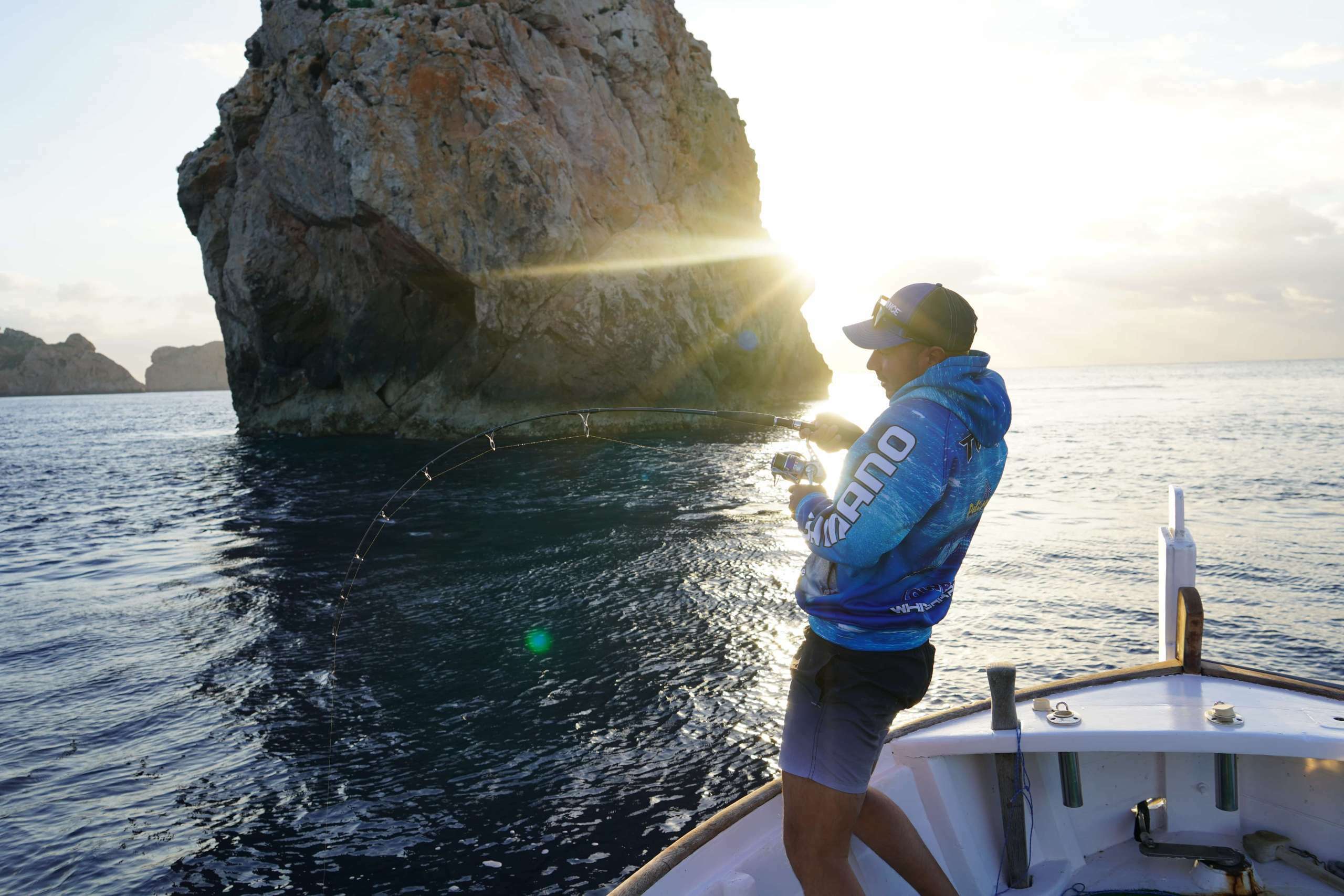
Mallorca pole-and-line bluefin tuna

Location & History
Mallorca has a longstanding maritime heritage, and fishing has played a significant role in the island's history. Located in the western Mediterranean Sea, Mallorca has an abundance of fishing grounds as is conveniently situated along the bluefin tuna migratory routes.
Mallorca has been a hub for fishing for centuries and the industry's roots lie in traditional techniques like the "almadraba" method, which have slowly become outdated as the industry shifts towards more sustainable one by one methods.
How is the tuna caught?
In Mallorca's bluefin tuna fishery, they utilise one-by-one catch methods. This involves targeting individual tuna using specialised gear such as fishing rods, handlines, or trolling lines. Often a combination of these is involved in the process of landing a large bluefin tuna. On a typical small scale vessel the fishers would troll or us a baited hook to attract fish to their lures. Once a tuna gets caught on the hook, the fisher will haul the fish out of the water and onto the deck of the boat. The tuna is quickly removed from the hook and to ensure maximum quality, the Ikejime technique is used on board that involves instantaneously euthanising a fish, after which the bluefin tuna is placed immediately on an ice slurry on board.
This type of fishing is very selective, meaning that endangered species such as dolphins, turtles and sharks are highly unlikely to be caught, due to the one-by-one method, and because fishing takes place at the surface, there is virtually no negative impact on different marine habitats.
Unique features
Strict regulations and quotas are in place to protect the bluefin tuna population and promote responsible fishing practices. These measures include size limits, seasonal closures, and catch limits, helping to maintain a sustainable fishery for future generations.
Gallery
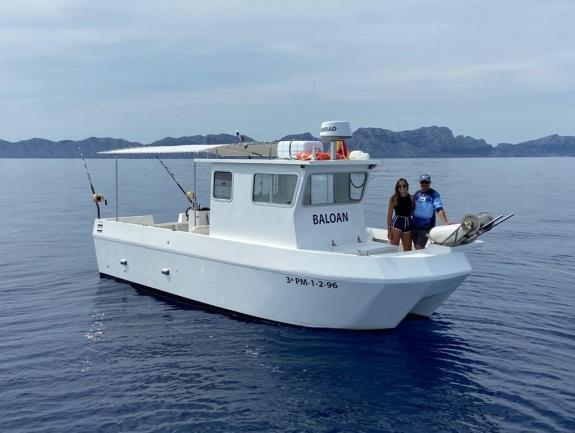
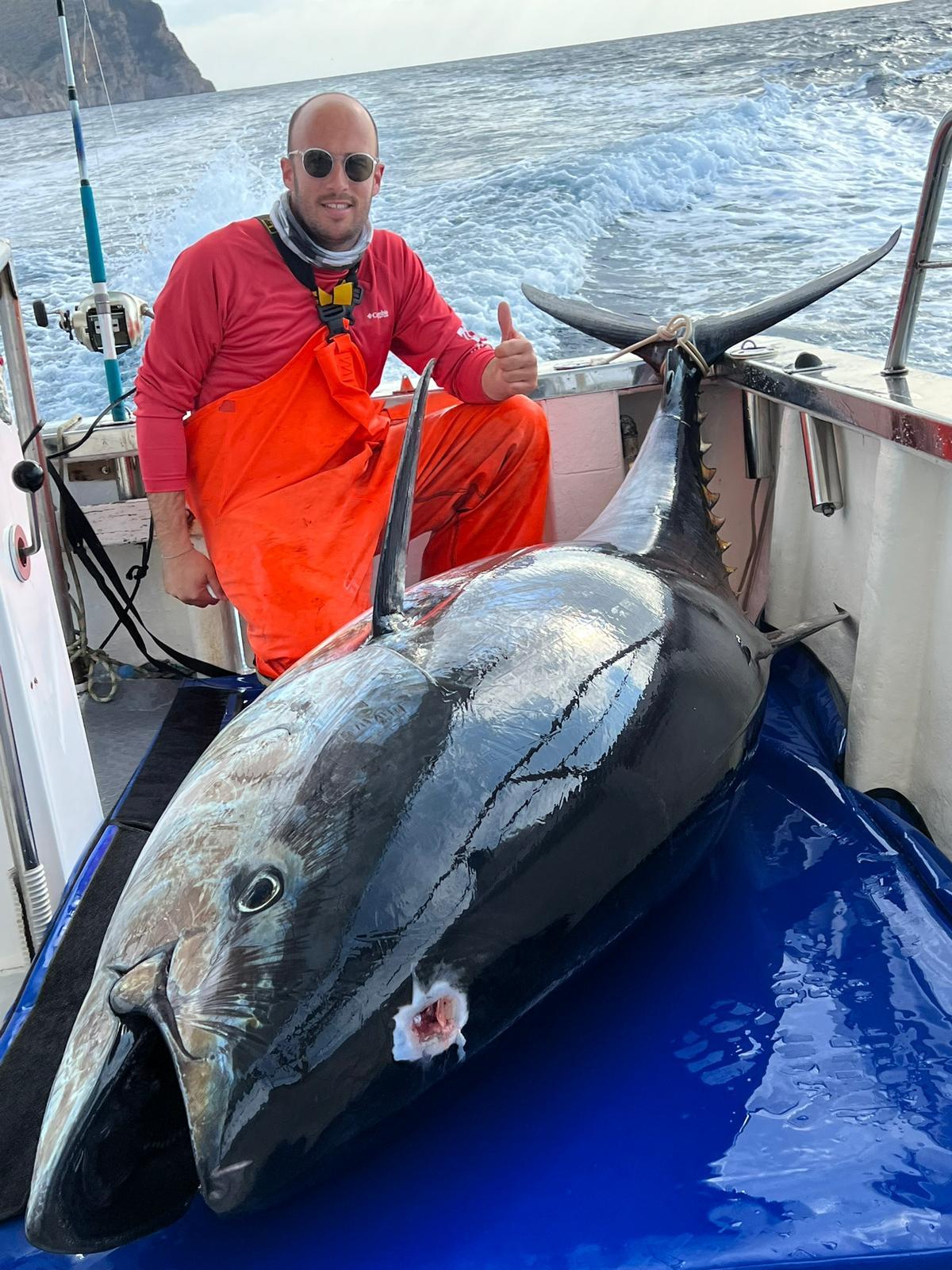
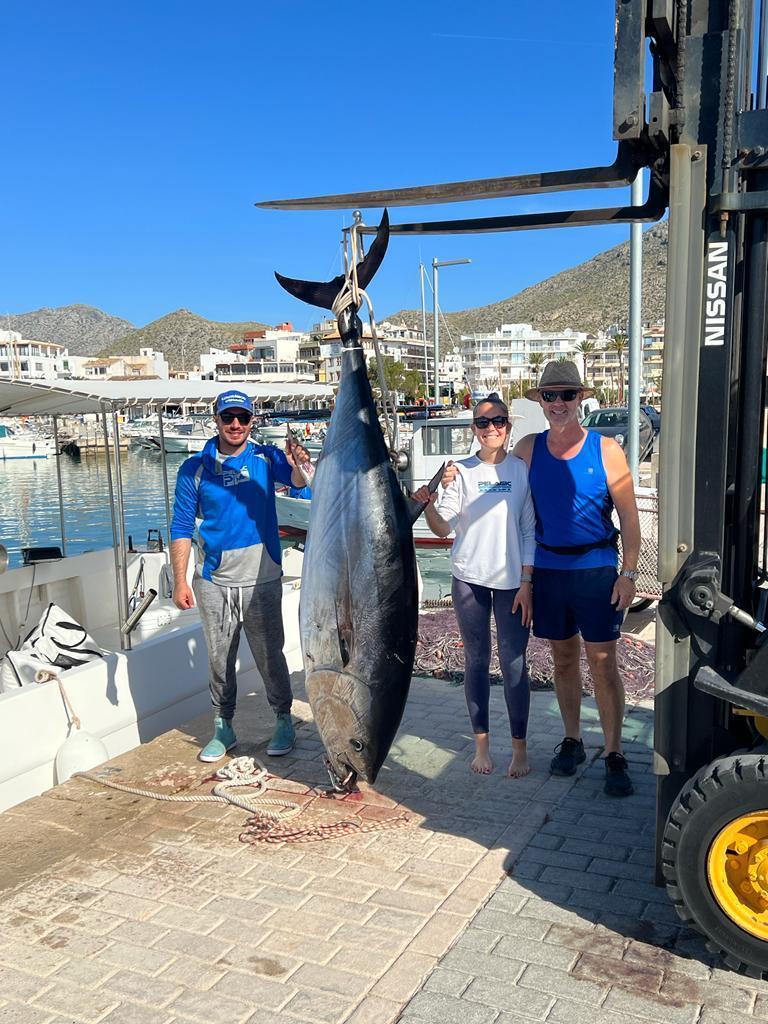
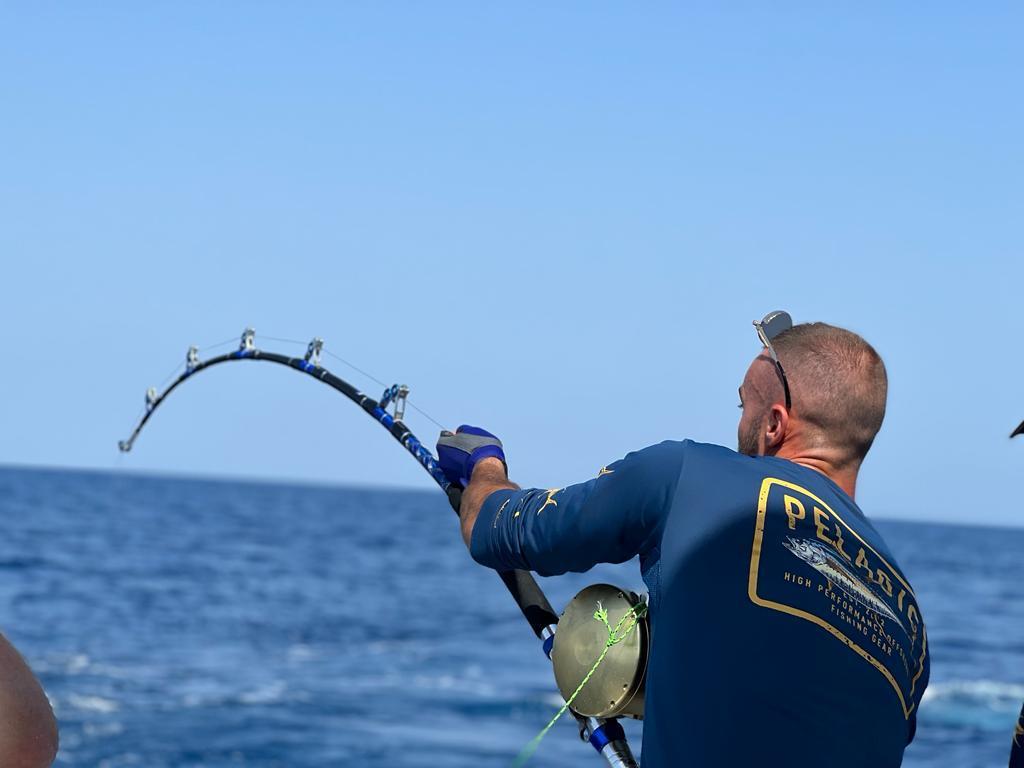
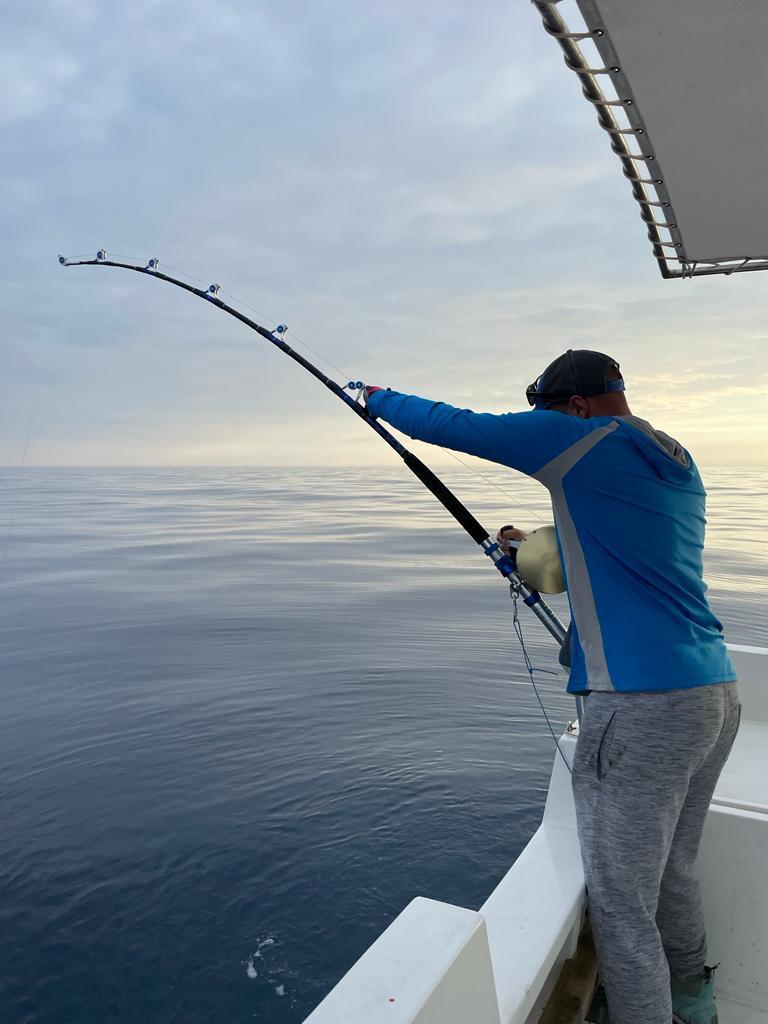
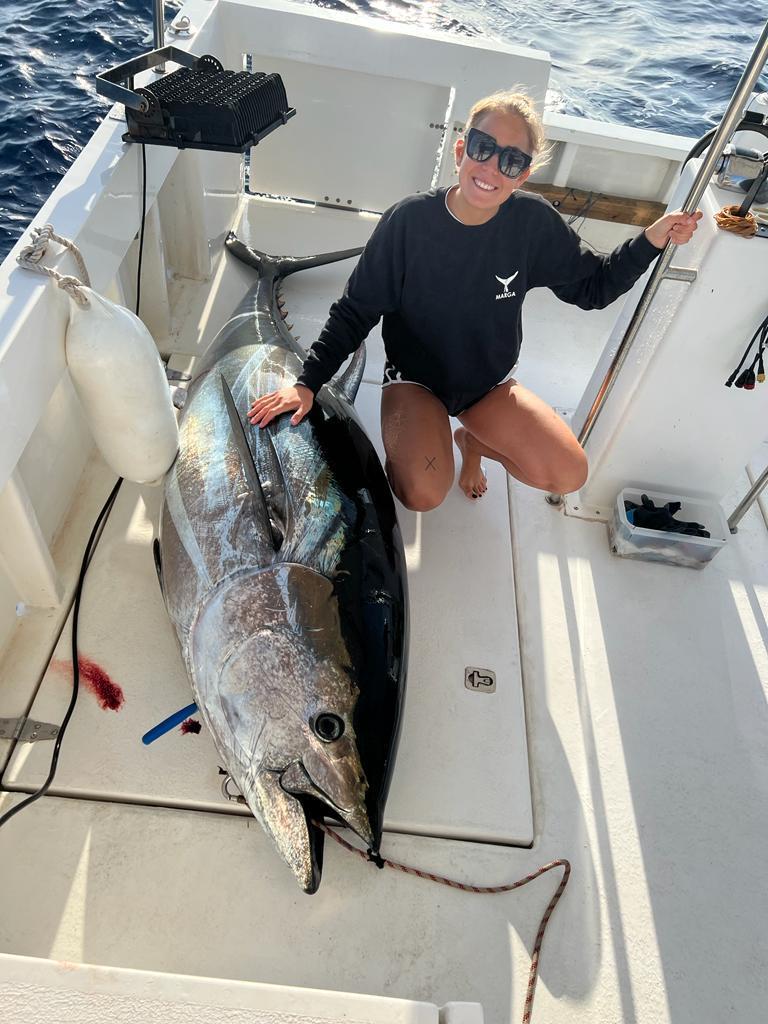
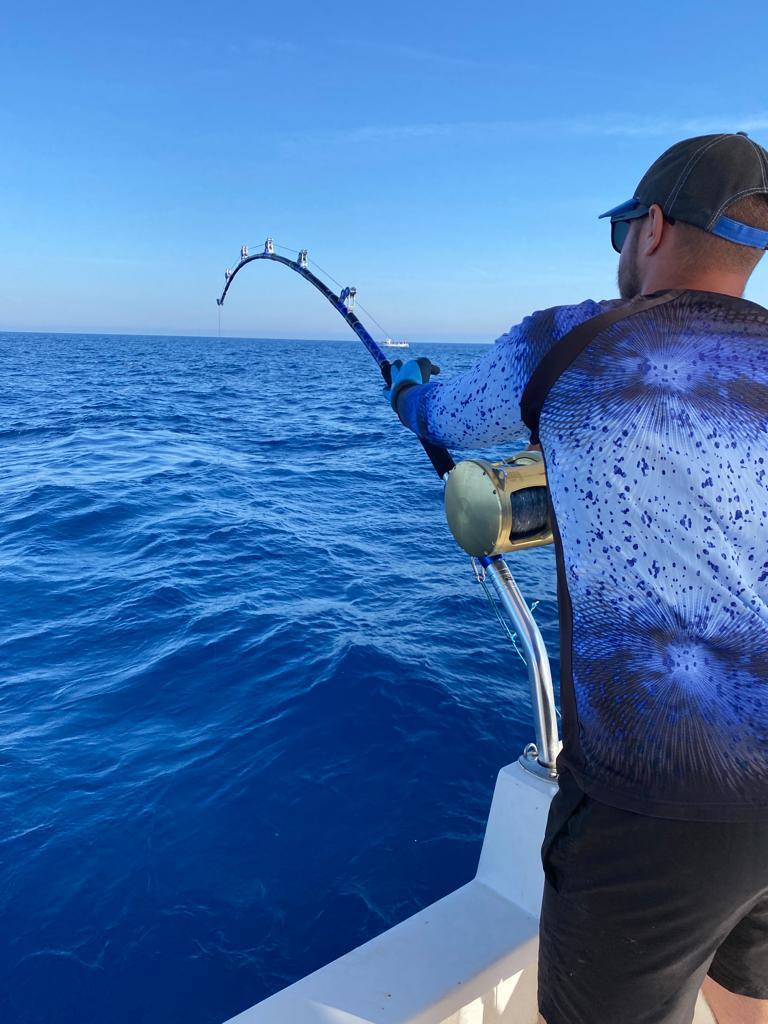

Meet the Fishers
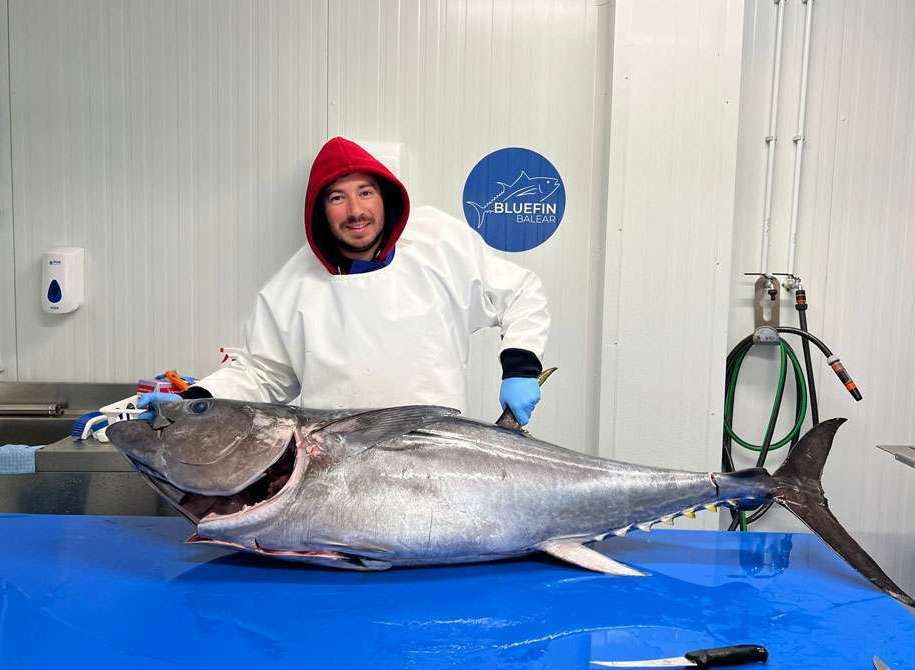
Toni Fiol
Toni Fiol is the co-owner of Bluefin Balear SL, one of the few small scale fishers targeting bluefin tuna off the coast of Spain.
Toni is a proud Mallorquin who grew up in a fishing family. His father first took him fishing at the tender age of two years old and he has been fishing ever since. Toni has garnered a wealth of knowledge during his years as a commercial fisher along the coastline of Mallorca. He is also an avid sport angler.

Typical Vessel
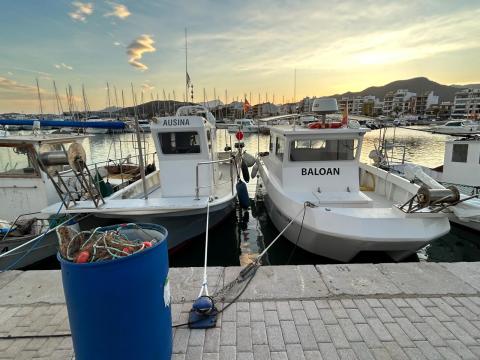
| Item | Value |
|---|---|
| Crew Size | 2 |
| Size Range (m) | 7.5-10 |
| Details of Type of Engine | Inboard |
| Hold Capacity | 2GT |
| Onboard Cold Storage? | Yes |
Fleet Capacity
-
32t
- Annual Catch Volume (metric tonnes)
-
66
- Number of Vessels
-
132
- Local Employment
Target Species
Atlantic Bluefin Tuna

Fishing Gear
Pole-and-line
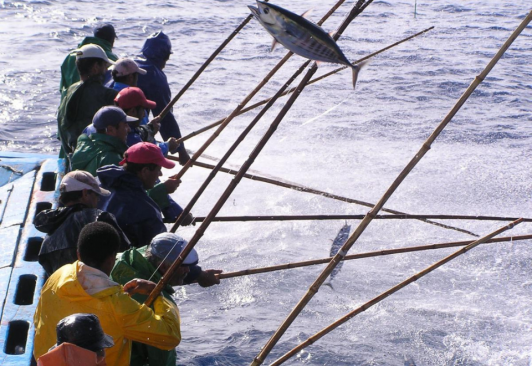

Regional Fisheries Management Organisation
International Commission for the Conservation of Atlantic Tunas (ICCAT)
Regional fisheries management organisations (RFMOs) are international bodies formed to manage fish stocks in an oceanic area. They include several countries with fisheries operating in that area, and some focus on particular species such as tunas. They are established through international agreements and treaties. RFMOs typically collect fishery statistics, assess fish stock conditions, monitor fishery activity and make fishery management decisions.
The International Commission for the Conservation of Atlantic Tunas (ICCAT) is an RFMO that is responsible for the management of tuna and tuna-like species in the Atlantic Ocean. In 2016 ICCAT celebrated it’s 50th anniversary, and due to the wide range of countries it covers, it is known by 2 other names and acronyms: ‘Commission internationale pour la conservation des thonidés de l'Atlantique’ (CICTA), ‘Comisión Internacional para la Conservación del Atún Atlántico’ (CICAA).
Stock Status Reports
Atlantic Bluefin Stock Status
2022-01-01The stock status of a fish species signifies whether a species is 'overexploited', 'fully exploited' or 'underexploited'. Different organisations use different parameters to assign these labels. For example, the Food and Agricultural Organisation of the United Nations (FAO) deems any species to have less than 40% of it’s ‘unfished biomass’ to be overexploited.
The aim of assigning stock status to a species is to ensure that catches are kept at a level where future catches will not be affected, in other words, to maintain a healthy, viable population of fish.
In addition to biomass, spawning potential, catch trend and size-age composition may be used to determine stock status. These are important factors to consider as some species are more resilient than others and have different ecological features. For example, female bluefin tuna have been shown to increase egg production with age, therefore their spawning potential will be higher if caught later in life.
